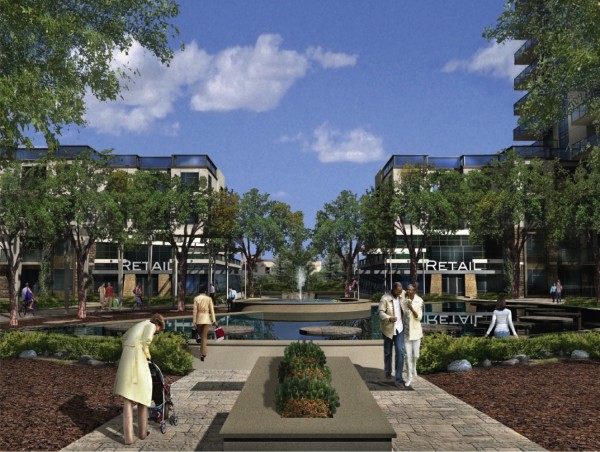Often, zoning does not draw much interest from the urban planning community, but surprisingly, our panel presentation ‘Dispatches From The Future of Zoning’ at the 2013 CIP-PIBC Annual Conference (INFUSE) in Vancouver had a full house and was well received. The intent of the panel was to explore some critical challenges, aspirations, innovations, and trends that will shape the practice of land use and urban design regulation for the next few decades. The following represents an overview of the discussion, a collection of ideas which were built on the experience of practice across Canada and the US, as well as evolving insights from academic research and online discussion and debates.
What is wrong with zoning today? We are used to discussing city-building in terms of how many people will live in a building, the height of the building, the setbacks, and how many parking spaces. We do not appreciate that these metrics are just by-products of successful places designed by standards that are not contemplated in today’s zoning models.
For instance, we all have places that we love the most – we say these places have “character”. These places are usually those that do not actually conform to the zoning bylaw, but their performance in the public realm overrides the zoning deficiencies – performance is actually how people understand the built environment.
Also, today’s zoning standards aim at finding a balance between private rights and public interest. The emphasis is on limiting negative externalities, such as how our neighbours actions on their properties may affect our privacy and property value. This model, which focuses on regulating development to conform with the existing context, has in fact perpetuated ‘status quo’ development and refrained developments to perform the way people perceive their neighbourhoods.
This shortcoming in zoning is evident in our cities. As one moves from suburban to inner-city neighbourhoods the complexity of zoning standards that a development must comply with increases substantially. This shows that a balance may exist within a neighbourhood but indeed there is no city-wide balance. This current zoning model is exhausted and needs a new purpose.
Departing from ‘status quo’ is a challenge as there are distinctive interests at stake. People think zoning does not engage the community, is too prescriptive, and should be more market-driven. Developers complain about lack of flexibility to account for unforeseen situations, and designers note that zoning limits creativity because design cannot be dictated by ratios and formulas.
Future regulatory innovations will have to respond how to regulate development that departs from context, based not on an old set of questions, but the questions that haven’t yet been asked. Though zoning may become a totally different conversation and be more outcome-driven, but we need to unpack this notion of incompatible urban forms based on quantitative metrics that have no relationship to qualitative metrics such as sense of place.
Everyone expects zoning to be more collaborative, transparent, predictable, flexible and context-specific. This means finding ways to promote new ideas, simplify rules and allow for better approval processes, appreciating the value of zoning as a utilitarian, not a design tool.
Overall, cities must remain adaptable as it is impossible to accurately foresee all potential impacts. However, we have yet to realize that zoning is a municipality’s best economic leverage for strong city-building. Since land is one of cities’ most valuable physical assets and zoning is essentially the implementation tool that turns vision into reality, the future of zoning is to put the ‘urban’ into urban planning.

